10 Essential Tips for Sourcing Solar Panels Effectively in 2024
In recent years, the demand for solar panels has surged, driven by an increasing commitment to renewable energy and a growing awareness of climate change. According to the International Energy Agency (IEA), the global solar photovoltaic (PV) capacity is set to reach 1,500 GW by 2024, marking an impressive 20% annual growth. This rapid expansion presents both opportunities and challenges for businesses looking to source solar panels effectively. As the market becomes increasingly competitive, understanding the essential strategies for sourcing high-quality solar panels is crucial for stakeholders aiming to maximize their investment while ensuring sustainability. This guide outlines ten essential tips for navigating the complexities of solar panel sourcing in 2024, helping you make informed decisions in a thriving industry.
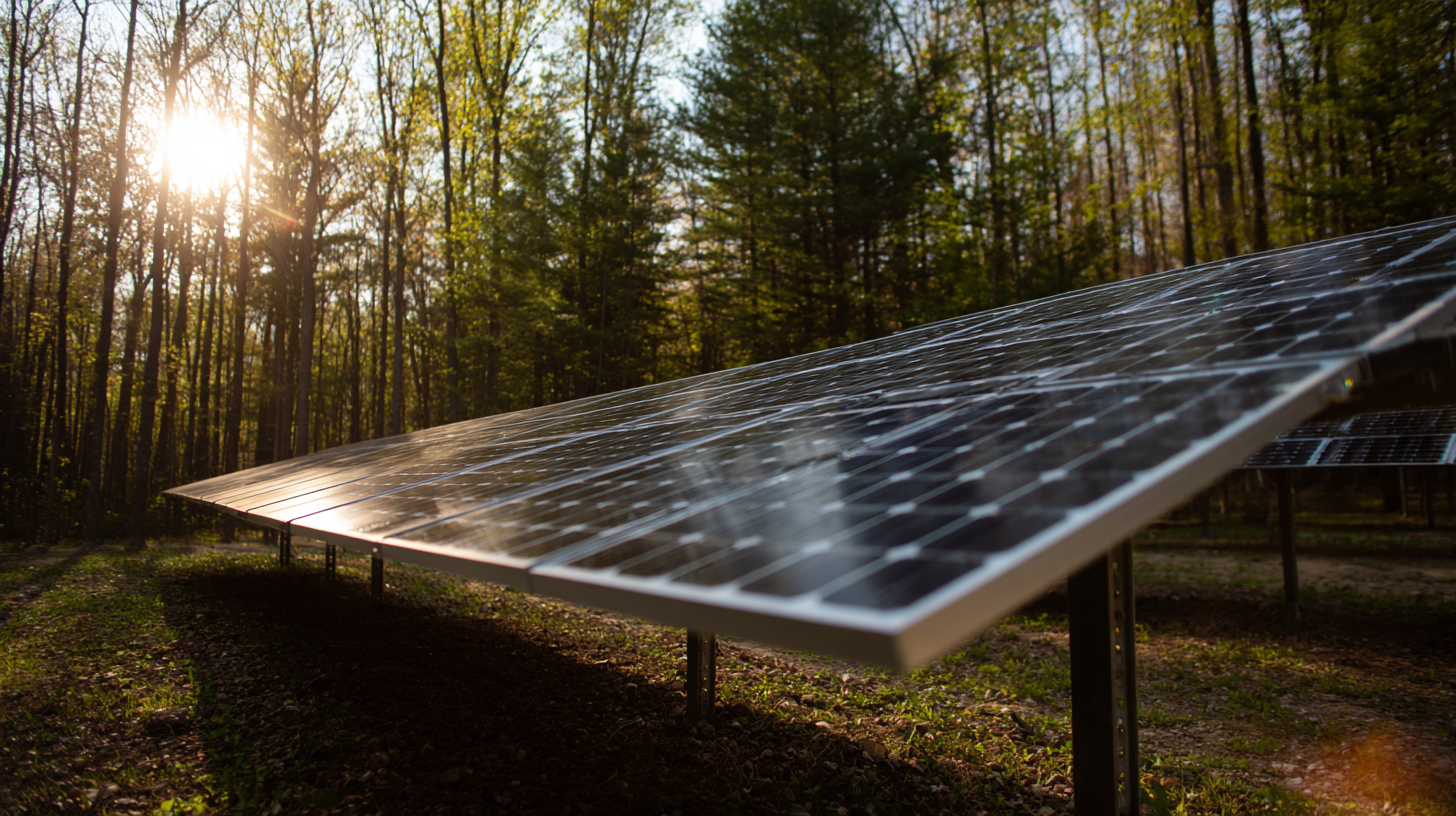
Understanding the Solar Market Trends: Key Data for 2024 Sourcing Decisions
As we move into 2024, understanding the solar market trends becomes imperative for making informed sourcing decisions. This year, the shift towards sustainable energy solutions is accelerating, driven by technological advancements and increasing government incentives. Key data from the market reveals a surge in demand for solar panels, with materials like bifacial and monocrystalline cells leading the way. These trends underscore the importance of staying updated on innovations that could influence pricing and availability.
To effectively source solar panels in this competitive landscape, it’s essential to diversify your supplier base. Establishing relationships with multiple manufacturers can mitigate risks associated with supply chain disruptions. Additionally, performing a thorough cost analysis can help identify the best financial options and understanding seasonality in solar panel supply can lead to better purchasing strategies.
Moreover, be proactive in evaluating the certifications and warranties offered by suppliers. This not only ensures quality but also secures long-term performance for your installations. As the solar industry evolves, keeping an eye on these strategies will enhance your ability to source effectively, enabling you to capitalize on the exciting opportunities this market presents in 2024.
Solar Panel Prices and Market Trends in 2024
The chart above illustrates the declining average price per watt for solar panels throughout 2024, reflecting the market trends and increased competition in the solar energy sector.
Evaluating Solar Panel Certifications: Importance of IEC and UL Standards
When sourcing solar panels in 2024, understanding certifications like IEC (International Electrotechnical Commission) and UL (Underwriters Laboratories) is paramount. These standards ensure that solar panels meet rigorous safety, performance, and reliability benchmarks. According to a recent report by the International Renewable Energy Agency (IRENA), only 30% of solar panels globally meet these certifications, highlighting the importance of selecting products that adhere to these standards for long-term investment and safety.
To effectively source solar panels, consider the following tips: First, always look for IEC 61215 and IEC 61730 certifications, which focus on the performance and safety of photovoltaic panels under varied environmental conditions. Second, ensure that any product meets UL 1703 standards, which guarantee that panels can withstand external factors such as hail, fire, and electrical issues. A study by NREL (National Renewable Energy Laboratory) indicated that certified panels can outperform non-certified ones by up to 25% over their lifespan, making the choice of certified products a financially sound decision.
Another critical tip is to request certification documentation from suppliers, as transparency in the certification process can help weed out low-quality products. By prioritizing panels with these certifications, investors and homeowners can make informed decisions that enhance energy efficiency and overall system reliability in their solar projects for years to come.
Comparative Analysis: Monocrystalline vs. Polycrystalline Solar Panels in 2024
When it comes to selecting solar panels in 2024, understanding the differences between monocrystalline and polycrystalline options is crucial for informed decision-making.
 Monocrystalline panels are known for their high efficiency and sleek design, often making them a popular choice for homeowners with limited roof space. In contrast, polycrystalline panels tend to be more cost-effective, providing a solid option for larger installations where space is less of a concern. Evaluating your energy needs and available space can help you determine which type of panel aligns best with your goals.
Monocrystalline panels are known for their high efficiency and sleek design, often making them a popular choice for homeowners with limited roof space. In contrast, polycrystalline panels tend to be more cost-effective, providing a solid option for larger installations where space is less of a concern. Evaluating your energy needs and available space can help you determine which type of panel aligns best with your goals.
One essential tip for sourcing solar panels effectively is to consider the long-term performance and warranty options of both types. Monocrystalline panels generally offer higher efficiency ratings and longer lifespans, often accompanied by warranties extending up to 25 years. Conversely, while polycrystalline panels may be less expensive, they typically come with shorter warranties. Another tip is to check for certifications from reputable organizations, as they ensure the quality and reliability of the solar panels you are considering. By leaning into quality and performance metrics, you can make a well-informed investment that meets your energy needs and budget constraints in 2024.
Negotiating Bulk Purchase Agreements: Best Practices for Cost Efficiency
When it comes to negotiating bulk purchase agreements for solar panels in 2024, understanding the market landscape is paramount. Start by conducting thorough research to know the range of prices, quality, and specifications available. Reach out to multiple suppliers and gather quotations, but don’t just focus on price; evaluate the supplier’s reputation, warranty offerings, and service provisions as well. Building relationships with manufacturers can provide leverage. Establishing a strong rapport may lead to better terms or discounts as they value long-term partnerships over one-off sales.
Another important aspect of cost efficiency in negotiations is timing. Synchronize your purchases with market trends, such as seasonal demand fluctuations or policy changes that may affect prices. This can help you negotiate better deals, as suppliers may offer discounts to clear inventory. Furthermore, don’t shy away from discussing financing options or exploring group purchasing agreements. By pooling resources with other buyers, you can elevate your bargaining power and secure lower rates while maintaining quality assurance. These strategies not only improve your bottom line but also enhance your overall procurement process.
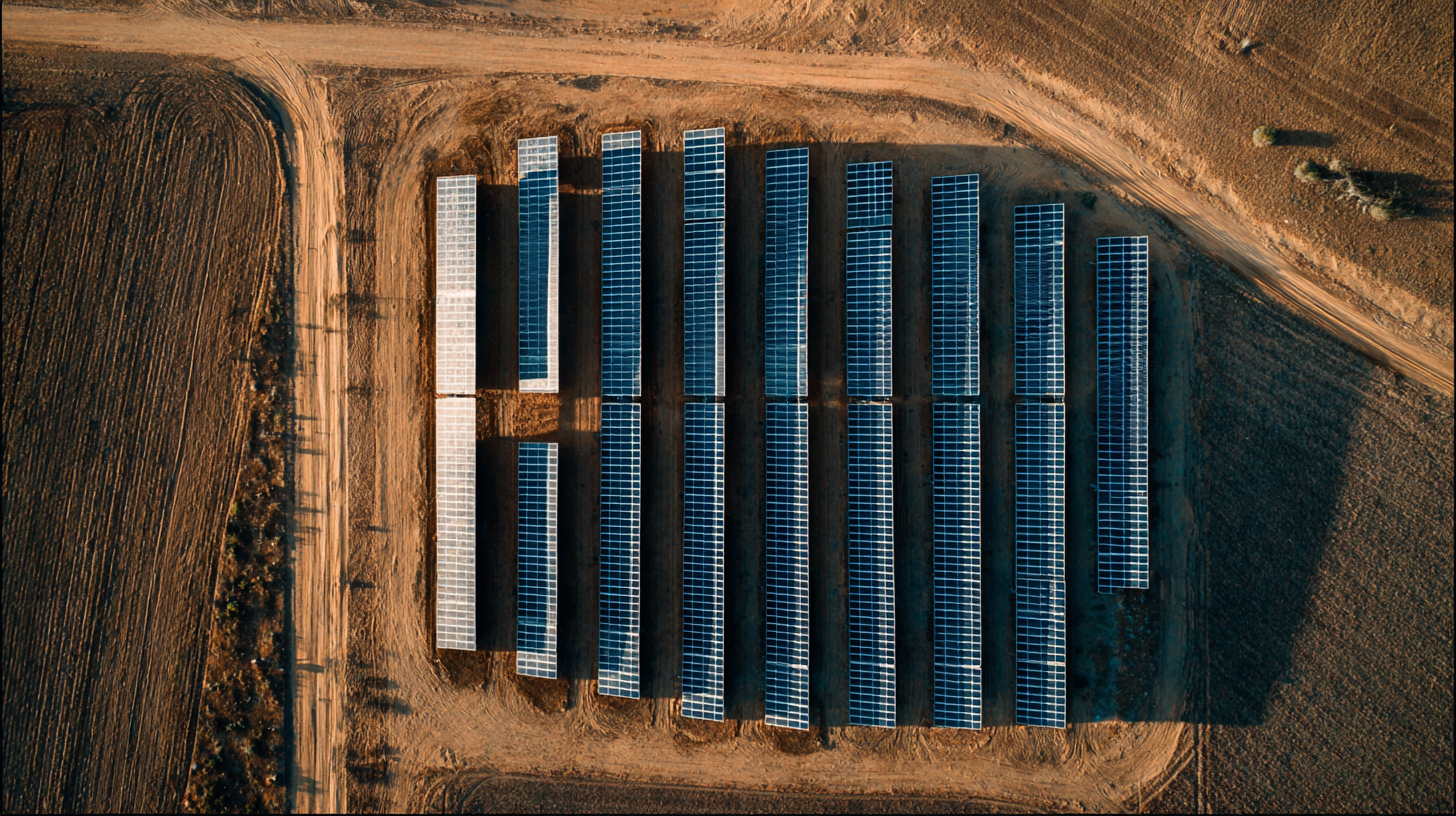
Assessing Supplier Reliability: Metrics and KPIs for Solar Panel Vendors
When sourcing solar panels, assessing supplier reliability is imperative to
ensure long-term success and sustainability. One of the most critical metrics to consider is the vendor's
financial stability. A supplier with a strong financial background
will be more likely to withstand market fluctuations and continue delivering quality products over time.
Reviewing their credit ratings and financial reports can provide insights into their operational capacity
and reliability.
Another essential KPI is the supplier's production capacity and
lead times. Understanding how many panels they can produce and deliver
within specific timeframes allows you to align your project timelines effectively. Additionally, consider the
supplier's warranty policies as a reflection of their confidence in product quality. A warranty
indicates that the vendor stands behind their products and is committed to customer satisfaction. Evaluating
these metrics will equip you with the information needed to make informed decisions and foster a reliable
partnership in your solar panel sourcing journey.
Related Posts
-
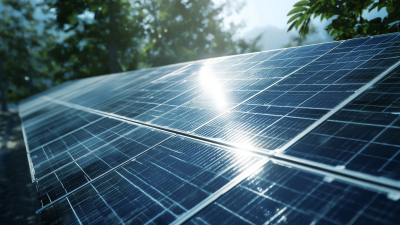
Advantages of Choosing the Best Solar Panels for Sustainable Energy Solutions
-
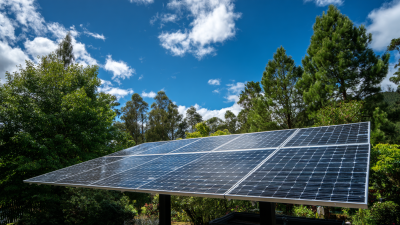
7 Best Solar Panels for Maximum Efficiency in 2023
-
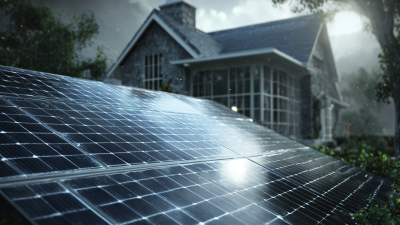
Ultimate Guide to Choosing the Best Solar Energy Panels for Your Home
-
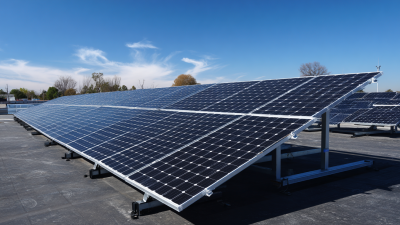
Top Industry Standards and Key Reasons to Choose the Best Solar Energy Panels for Global Buyers
-
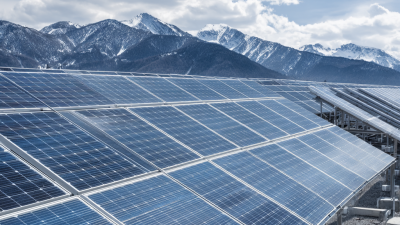
Emerging Technologies Shaping the Future of Home Solar Energy Panels by 2025
-

7 Compelling Reasons to Choose the Best Solar Panel for Home Energy Solutions